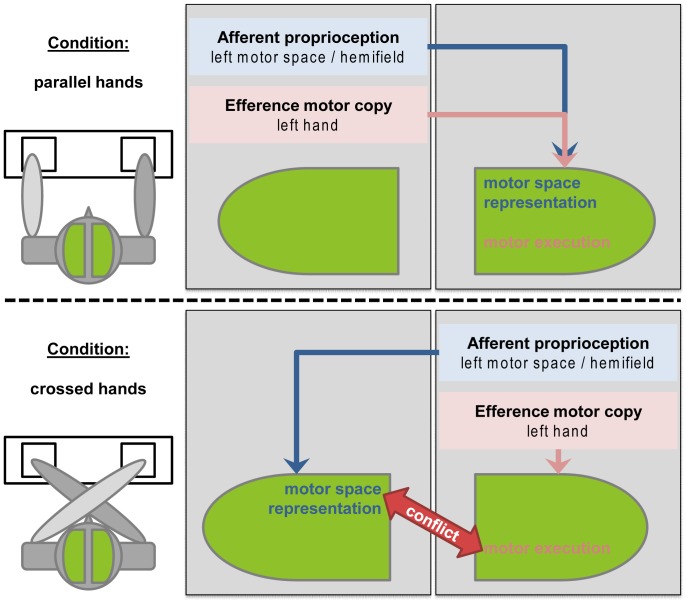Figure 6. Results-based theoretical model.
Given that the execution of the motor response and the spatial representation of the motor space are immutably locked to the two hemispheres of the brain [7], [25], [30], crossing hands (entering the "foreign” motor space) may impose a conflict. The consequences of an independent allocation of efferent and afferent information illustrated for left-hand responses. In crossed hands only, one hemisphere is executing the motor response while the response itself physically takes place in the motor space represented in the opposite hemisphere of the brain. For right hand responses, the allocation is mirror-inverted.

